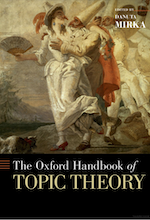Practising
I highly recommend watching this short TED Ed video about how the brain changes when we practise, and how we can use this knowledge to practise more effectively.

I have been a subscriber to The Bulletproof Musician newsletter for years. Written by Dr. Noa Kageyama, a performance psychologist who teaches at The Juilliard School, this free, weekly newsletter and the online blog offer handy tips for performers backed by research. Each newsletter typically focuses on one topic, such as memorising, setting practise targets, and dealing with nerves. There is also a podcast with the same name.
Breathing
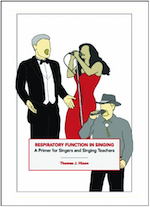
This short book was written by the pre-eminent speech scientist, Thomas J. Hixon "to provide readers with the best scientific information available and encourage them to use that information to evaluate their current beliefs about respiratory function in singing."
It is written in plain, simple English (with copious dad jokes), and although it could never be called a page turner, it will give you a good understanding of the facts of breathing and how to use the respiratory system efficiently when singing.
The information on anatomy and physiology can be found worded almost identically in the following speech pathology textbooks (and their previous editions). Unlike the Primer, they have colour images, but they don't contain the chapters on breathing for singing and breathing exercises.
- Hoit, J. D., Weismer, G., & Story, B. (2022). Foundations of speech and hearing: Anatomy and physiology (Second edition). Plural Publishing, Inc.
- Hixon, T. J., Weismer, G., & Hoit, J. D. (2020). Preclinical speech science: Anatomy, physiology, acoustics, and perception (Third edition). Plural Publishing.

As the name suggests, this device is designed to strengthen the muscles involved in inspiration (inhalation). It is particularly helpful for students whose external intercostal muscles are not strong enough to prevent their ribcage from collapsing when they start singing. I have both the Philips Respironics Threshold IMT and the EMST 150 with the inspiratory adapter, though any clinical-grade device should be fine.
Vocal Acoustics
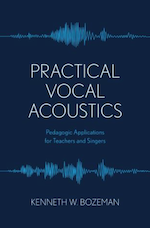
Charts and other supplementary materials are available at: http://www.kenbozeman.com/Pedagogic-Resources.php
This book revolutionised my teaching. If you want to teach the acoustic vocal registers to others, you should study this book; treble and bass voices use different strategies, so don't assume that what works for you applies to other voice types. If you are struggling with the scientific explanations, try reading chapter 3 of this book first:
Behrman, A., & Finan, D. (2023). Speech and voice science (Fourth edition). Plural Publishing, Inc.
It explains sound waves and resonances in a way that is thorough and easy to understand.
If you want to take your study of vocal acoustic pedagogy further, Professor Bozeman's follow-up book, Kinesthetic Voice Pedagogy is another wonderful resource. You could also take the asynchronous online course or 5-day in-person course (which I attended) run by the New England Conservatory of Music, USA.
SOVTs
In this short video, Dr. Ingo Titze, inventor of "the straw exercise" (and my voice science professor at the SVI) demonstrates how to use straw phonation to combat vocal fatigue.
This series of 3 short videos explains the benefits of SOVTs for vocal technique.
Karin Titze Cox and Dr. Titze have also just published a book on SOVT methods: Voice is FREE after SOVT
Karin Titze Cox and Dr. Titze have also just published a book on SOVT methods: Voice is FREE after SOVT
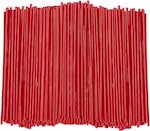
Auditioning
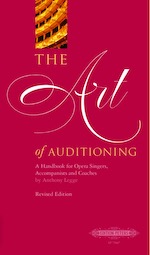
This little book is an invaluable resources if you're looking for audition arias (they're all from standard repertoire) or you're looking for a description of the different Fächer (voice types). It also describes a good system for learning repertoire. I was fortunate to receive regular coachings with Tony Legge when he was music director of Opera Australia, and I am forever grateful to him for teaching me to perform subtext.

The Wolf Trap Opera website and blog contain heaps of useful advice on auditioning, particularly for young artist programs. The aria frequency lists are a great resource if you're looking for aria ideas.
Vocal Pedagogy
This is by no means a complete list of the pedagogy books and resources I have found useful, but if you're looking for an explanation of how the voice works, evidence-based vocal exercises, or ideas for expanding your teaching toolkit, these are great places to start (in no particular order).
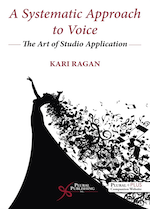
This book was written by Dr. Kari Ragan, who first proposed (and continues to help define) Evidence-Based Vocal Pedagogy. As the name suggests, it offers a methodical and structured approach to teaching vocal technique. Since it is so well organised, it could also be used as a reference book of vocal exercises or literature reviews. Like many pedagogy books, it breaks down singing into component parts: respiration, phonation, registration, articulation, and resonance. Each of the main chapters reviews the research literature, identifies the takeaways that teachers would benefit from knowing, and offers practical suggestions and exercises.
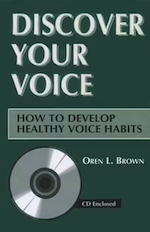
Despite its name, this book covers topics beyond just vocal technique (e.g., interpretation, putting together a concert program, and requirements for a professional career). It also covers anatomy, physiology and basic acoustics, although more up-to-date information can be found in other places). What I love about this book (apart from the many gems of wisdom it contains) are the exercises and concepts at the beginning. They get to the very foundation of how to make a vocal sound in a free and healthy manner, and, most importantly, how to make the transition from primal sound into singing. I have used these exercises with beginner students and also professional and post-tertiary singers who wanted to work on their vocal technique "from scratch" (and who probably appreciated the benefit of the exercises more). There is an accompanying recording of the exercises.
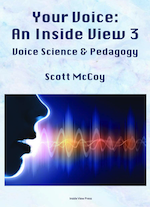
I wish this book (or 2-book set) existed when I was a student. Widely used as a pedagogy textbook in the USA, it includes heaps of multimedia content and, I think, is very easy for singers to read. Like many textbooks, it doesn't include citations (which I would have found helpful as a researcher), but for someone wanting to get a comprehensive overview of voice science, this is an excellent choice.
There is also a condensed version of this book called The Basics of Voice Science & Pedagogy.
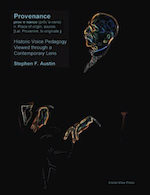
This book is a collection of excellent articles originally published in the NATS' Journal of Singing. They identify gems from the historical vocal pedagogy literature for teaching vocal technique, and explain why they work in a scientific, yet easy to understand, manner.

If you can cope with watching videos of real human specimens, Acland's Video Atlas of Human Anatomy is well worth watching to gain a greater understanding of the muscles and structures relevant to singing. Aimed primarily at medical students, it is, nevertheless, easy to understand and quite fascinating. When I was studying vocal anatomy, I found this far more effective than drawings, 3D models, or animations. The videos on the larynx, pharynx, soft palate, neck muscles, torso, jaw, and tongue are particularly useful. Be warned: once you see it, you can't unsee it…but you won't forget your vocal anatomy either!
Advice for Singers
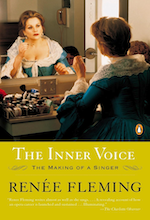
Renée Fleming's autobiography is not just an account of her journey from student to superstar. It was written with the intent of helping young singers, and it is full of great advice and frank insight.
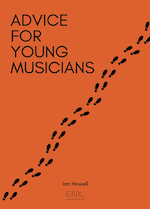
Dr. Howell has also produced this useful technology guide for teaching singing online.
CCM Pedagogy
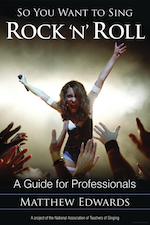
Topic Theory
